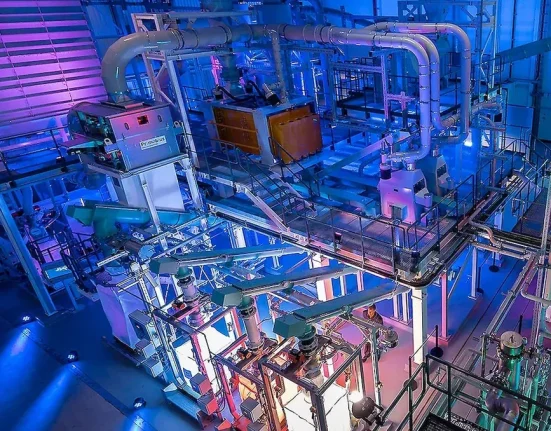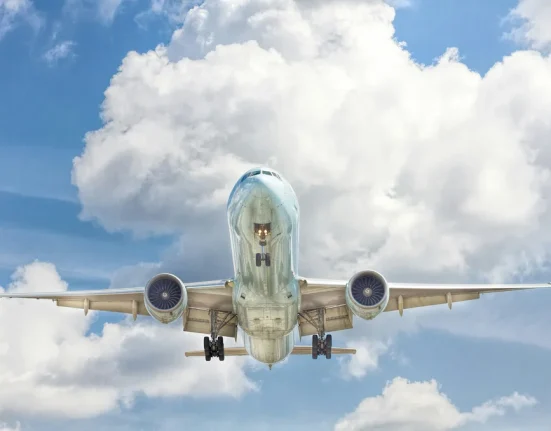A new IEA report outlines sharp growth in sustainable fuels if policies take hold, with proactive public procurement potentially playing a central role
The International Energy Agency (IEA) released a wide-ranging report this week assessing the state of sustainable fuels and forecasting sharp growth across all major sectors – but only if current and planned policies are fully implemented.
The IEA’s projections indicate that global consumption of liquid and gaseous sustainable fuels could quadruple by 2035, shaping long-term procurement strategies for transport, power and heavy industry.
The report, issued in support of COP30, evaluates how the world can step up production and deployment of fuels such as biofuels, biogas and hydrogen-based alternatives. It sets out potential pathways, highlights cost hurdles and outlines how targeted public procurement and investment could support broader decarbonisation targets.
Consumption outlook and market share projections
Sustainable fuels currently account for 1.3% of global energy consumption. Of that, liquid biofuels comprise nearly 80%, helping cut oil demand by around 2.5 million barrels per day.
In addition, these fuels help countries reduce their reliance on imported transport fuels by 5–15%, depending on local market conditions.
The IEA notes that “between 2010 and 2024, global demand for sustainable liquid and gaseous fuels doubled,” but adds that current trends still fall short of what is needed to reach international climate goals.
Under its “accelerated case” scenario, the IEA models a future where all planned policies become fully legislated, market barriers are lifted and production capacity expands. In this outlook, global sustainable fuel use rises to 13 exajoules by 2030 and reaches 28 exajoules by 2035. An exajoule equals one quintillion (1,000,000,000,000,000,000) joules, a standard unit for measuring large-scale energy consumption.
Transport remains the largest consumer, making up 50% of global sustainable fuel use in 2035. In this scenario, sustainable fuels meet 10% of road transport demand, 15% of aviation fuel needs and 35% of shipping fuel requirements.
To help realise this trajectory, the IEA lists six policy recommendations for governments, including:
- Clear national roadmaps
- Strong and enforceable mandates
- Demand predictability
- Transparent carbon accounting
- Public procurement
- Long-term investment frameworks
The agency argues that “accelerating the deployment of sustainable fuels requires a mix of ambitious, stable and enforceable policies, such as mandates and performance standards, along with proactive public procurement”.
Private sector players echo the same call. Alice Henry, Co-Founder and CEO of UK-based RegenRate, says: “We need policy on our side. We need rules that reward farmers for doing the right thing and certification that’s fast, fair and rooted in reality.”
RegenRate works to boost biofuel feedstock capacity through sustainable agricultural methods.
Cost gap remains
Despite the positive outlook, costs remain a barrier, with sustainable fuel options remaining far more expensive than fossil equivalents.
For example, electrolytic hydrogen costs around 3.8 times more than traditional hydrogen. Electrolytic ammonia is 2.7 times as expensive, while biomethanol costs 3.7 times more than fossil-based fuels.
However, these higher costs are unlikely to cause major downstream price shocks for end-users, the IEA finds. This is due to low blending rates and energy costs forming only a small portion of final consumer prices.
A 15% blend of sustainable aviation fuel, for instance, would increase air ticket prices by 5–7%. Meanwhile, using low-emissions hydrogen in steelmaking would add less than 1% to the price of an electric vehicle.
The IEA warns that “policies that address only one dimension risk leaving critical gaps”. It calls for integrated frameworks that combine long-term demand signals with transitional support for emerging technologies, as well as international cooperation across borders and sectors.
Investment, employment and fuel diversity
Global investment in sustainable fuels grew 20% from 2023 to 2024, led by US and Brazilian policy support for biofuels, as well as the European Union’s REPowerEU Plan for biogas expansion.
If the accelerated case scenario unfolds, cumulative investment in sustainable fuel infrastructure, production and distribution will hit US$1.5tn by 2035. Direct employment twill triple to two million roles, with biofuels accounting for two-thirds of job growth.
The mix of sustainable fuels also continues to diversify. Liquid and gaseous biofuels hold a two-thirds market share in 2035. However, low-emissions hydrogen and its derivatives expand rapidly – from just 1% today to one-third of global consumption in the next decade.
That trajectory is drawing attention from across the energy sector.
Antonio Villaluenga, Vice President of US Project Development at Carbon Recycling International, says: “With US$1.5tn in sustainable fuel investments expected through 2035, and hydrogen-based fuels accounting for nearly half, renewable methanol is positioned as a vital solution for shipping, chemicals and beyond.”
Still, the IEA underlines that deployment will differ widely by region, depending on natural resource availability, feedstock access and infrastructure readiness.
“National shares, mixes and volumes would still vary widely depending on regional conditions,” the report states.
In conclusion, the IEA finds no single fuel or feedstock can meet global demand. It calls for “progress on multiple fronts,” with efforts targeted at expanding mature markets, developing new demand centres and accelerating the commercialisation of emerging technologies.
For procurement leaders in both public and private sectors, the report reinforces the need to track policy developments closely, factor long-term pricing into supply chain planning and adapt sourcing strategies to a shifting energy mix.








Leave feedback about this